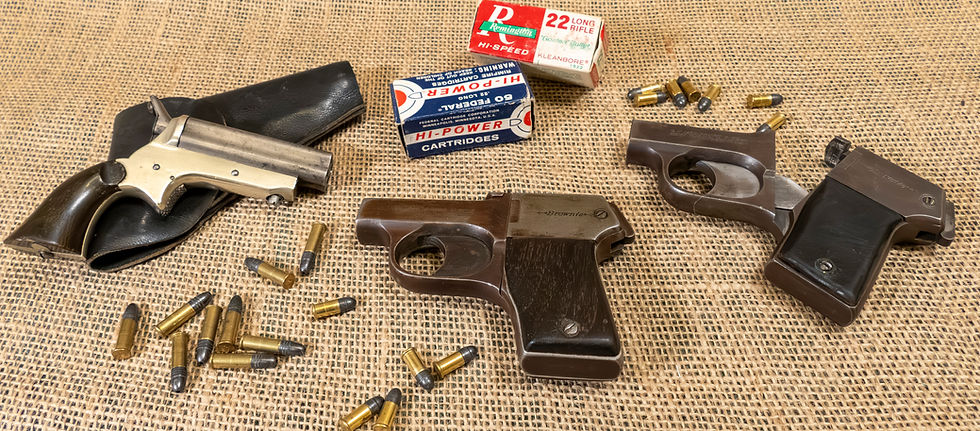Sweetest humpback of all time
- kb5947
- Sep 19
- 3 min read
Remembering Browning’s venerable A5

By Kelly Bostian
You know it the moment you see it, and if you’re more than 40 years old, chances are you’ve owned one of these classics–or at least borrowed one from a friend for a few swings.
Victor Hugo made the only humpback (perhaps) more famous than John Moses Browning’s A5.
That "hunchback" from Notre Dame and the one we're remembering, from Belgium, are both irresistible and timeless. But, of all his firearms innovations, Browning’s A5 is arguably his best.
Here in September, with the first of our wingshooting seasons underway, well, why not give this venerable scattergun a little love?
The world’s first successfully mass-manufactured semi-auto. It was patented in 1900, debuted in 1902, and produced nearly 3 million until it saw a long pause in 1998, just shy of centenarian status. This, due to the cost of building the older-style actions, according to reports of the time.

Re-released in 2011 with updated tech and updated looks, lovers of the originals say the old guns still keep pace with any other modern auto-loader in the field–including the new A5s.
The A5 stands for “automatic” and the fact that it holds five rounds with one in the chamber. The secret to its success was its long recoil operation, with the entire barrel and bolt recoiling together with recoil and return springs.
It worked reliably for that early debut, and it just kept on working. It served soldiers in the trenches of World War I and in the jungles during World War II and the Vietnam War.
Rugged doesn’t begin to cover it. It’s no wonder it was a hunter’s favorite–especially duck hunters who are renowned for mistreating their shotguns.

Originals from those first 98 years remain highly sought-after firearms by collectors and sentimental semi-auto lovers of all stripes.
Good luck finding one without at least a couple of love dents and some of that blue finish or fancy scroll worn thin by hours of field time in-hand. These guns were born to work, and work hard.
While its history is intertwined with American sporting culture, the A5s was produced by Fabrique Nationale in Belgium, and later by Miroku Corp. in Japan. In the U.S., Remington made it as the Model 11, and Savage issued the Model 720.
The most famous iteration of the Browning A5s is the 16-gauge “Sweet Sixteen,” produced from 1937 to 1975, with a brief interruption during World War II due to the German occupation of Belgium. Another popular version, the “Light Twelve,” targeted post-WWII upland hunters in 1948 as a slimmed-down version of the A-5.
Browning’s move to production in Japan ended the original run of Sweet Sixteens and Light Twelves, although hunter demand inspired a run of Sweet Sixteens through the Japan operation, 1987-1992.
Fans of a certain age bracket still bicker over the quality of Japanese-made brownings, but gun writers and chat-room surfers alike swear that quality out of Japan was no different, if not better than, the older Belgium-made Brownings.
Still collectors prefer the older originals, if nothing but for sentimental reasons, because what’s not to love?
How sweet it is.





Comments